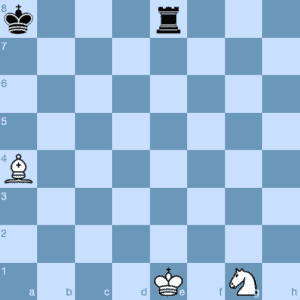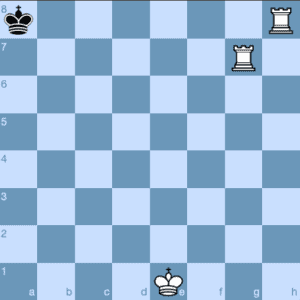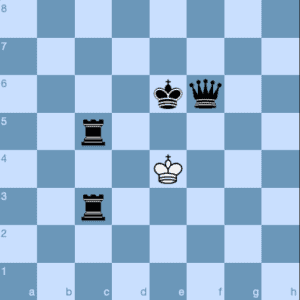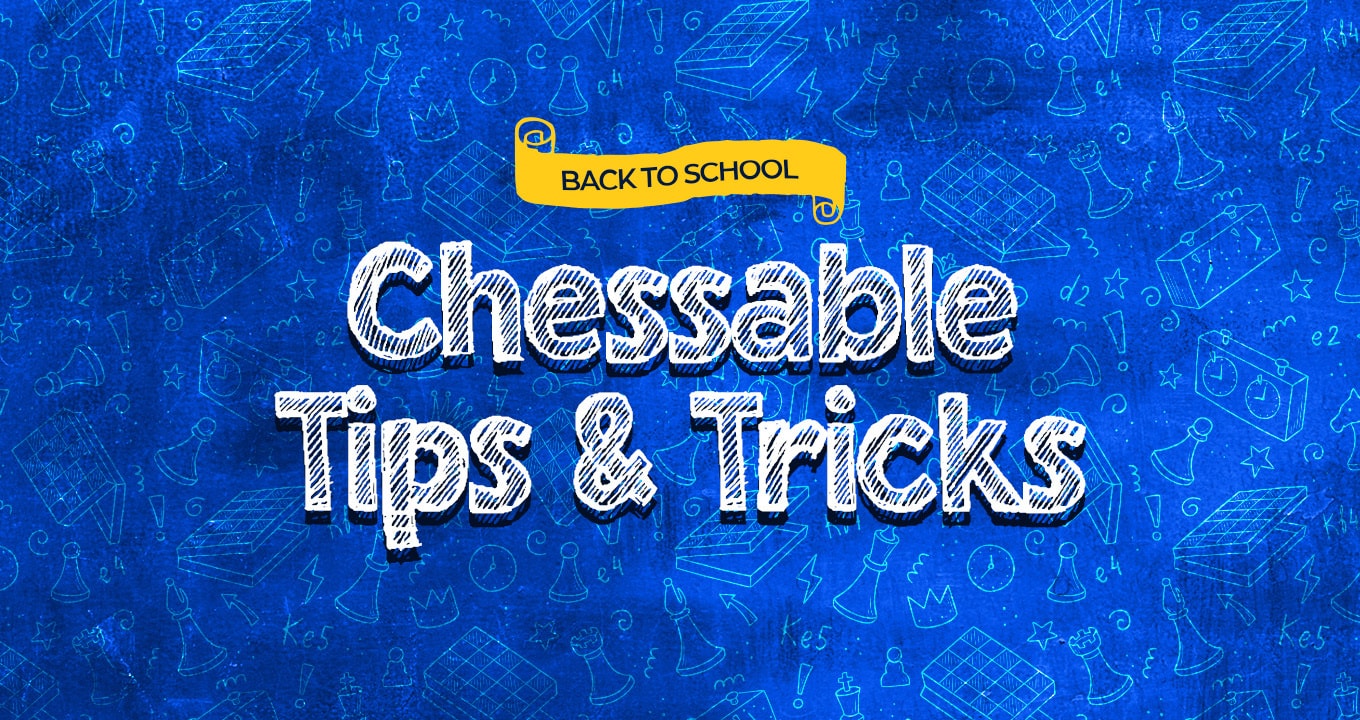Today I am tackling the important subject of making the next move. You may know the very basics, but what should be your next steps?

Did you enjoy watching The Queen’s Gambit on Netflix?
Were you drawn into the world of the 64 squares for the first time?
Did the show pique your interest and whet your appetite for chess?
And then, as the credits rolled on the final episode, were you left bereft of chess, but not knowing what to do next?
Here are some ideas which may be of use to you…
The Confidence to Make the Move
Experienced chess players will tell you that confidence plays a major part in their success. Naturally, this works both ways; opportunities are missed or at least neglected when a player lacks confidence.
For chess novices, confidence drives a different narrative. Chess champions, just like police officers, appear to get younger every year. There is a natural reluctance for an older person to admit to a younger person that the latter has more knowledge or skill in any particular area.
How can one build up the confidence to continue the chess journey? We are not talking about becoming a challenger for the title of World Champion (well, not just yet, anyway) but the question remains: If ones sole experience of chess is through a television show, then what, exactly, are the next steps?
Check the Rules
Are you familiar with check, checkmate and stalemate? It always looks so easy on the television screen, when one player springs a checkmating move which has somehow come as a compete surprise to the unsuspecting opponent – but what do the three terms actually mean?
Here are examples of all three.

Check
The White king is under attack by the black rook. Check is not fatal and there are three basic means of escape.
White could:
- Capture the checking piece (Ba4xa8)
- Black the check (Ng1-e2)
- Move the king (Ke1-d2, d1, f2 or f1)

Checkmate
If the king is in check and none of the three means of escape are possible, then it is checkmate. In the position above, one white rook (on h8) checks the king and the second rook (on g7) prevents the king from escaping, as a king cannot move into check. Checkmate ends the game. In this case, White has checkmated Black’s king, which means White has won the game.

Stalemate
It is White to move in the third position. Unfortunately, even though the king is not in check at the moment, there is no possible move for the king to make, as every square around him is under attack by at least one black piece. This is a stalemate. The game ends immediately and, despite Black’s enormous material advantage, the result is a draw.
Investigate the Basic Tactics
Knowledge of the basic chess tactics will definitely help you to improve quickly. You will be able to unleash the tactics in your own games and you will also be able to spot and prevent them if the opponent is limbering up to attack you.
Start off with the simple ones: forks and pins. Learn more about those two tactics here and then head for more information on other tactics here.
Anonymity
We all know from experience that it is much harder to learn new skills if someone is watching. Help is at hand for all chess improvers! There are numerous chess sites where one can create accounts under assumed names. This will enable you to practice your tactics and checkmating skill on an endless supply of chess puzzles and you will also be able to challenge other people to games of chess without anyone knowing it is you commanding the pieces. This can take the sting out of the ‘you did what!?’ factor and allow you build up your skills in private.
Make Mother’s Day

It may not have escaped your attention that this weekend brings the second Sunday of May, which makes it Mother’s Day, at least in the United States. In amongst the cards and gifts, the churchgoing and the carnations and – of course – the traditional family dinners, perhaps now is the time to give your mother what she always wanted, but for which she was always too afraid to ask…
Yes, that’s right: a chess set makes an excellent present. They don’t have to cost the Earth and they will last a lifetime. Inspire the chess dreams of a whole generation of The Queen’s Gambit fans!
Additionally, now is a good time to take a good look at all of the courses we have available here at Chessable. Here are a few recommendations to help you on your way. Click on the images and links for further details.
The Welcome Series
Welcome – Lesson 1: Checkmate Patterns
Learn about the basic checkmate patterns. This will help you to finish off your opponents once you have the advantage.
Welcome – Lesson 2: Strategy & Pawn Play
All chess players need to understand basic strategies – and the humble pawns can play the starring role.
Sharpen your tactics and you will win more games. It is as simple as that!
Welcome – Lesson 4: Opera House Game
Investigate on the most famous chess games ever seen.
Tournament Ready
The Tournament Ready series covers The Opening, Checkmates, Tactics and The Endgame.
I hope you enjoy the next steps on your chess journey!







